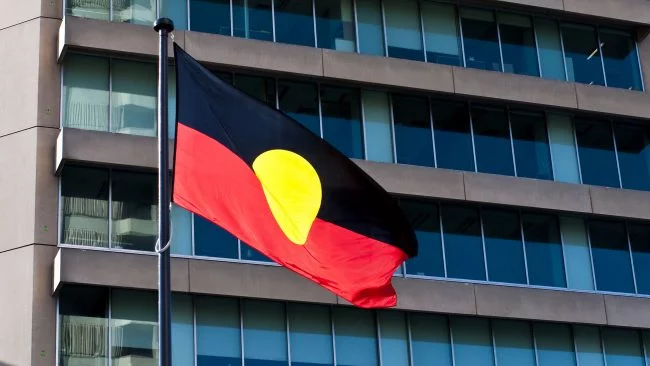Words aboriginal e Indian they refer to the oldest inhabitants of a region. Australian Aborigines are the first inhabitants of Australia and the surrounding islands. Currently, we find more than 400 Indigenous Australians with a total of 4.000 inhabitants. Each one has its own cultural traits and a specific geographic location.
Below you have an index with all the points that we are going to deal with in this article.
Article Index
- 1.
- 2.
- 2.1.
- 2.2.
- 2.3.
- 2.4.
General characteristics
Most of the aboriginal peoples are nomads and, despite the fact that each one has particular characteristics, they have some general features in common.
Although before British colonization there were more than 250 languages in the country, this number is much smaller today. Today, there are two main types:
- Pama-ñungas languages
- those that are spoken in much of the continent. It is around 5.000 years old.
- Non-pama-ñungas languages
- are used in northern Australia. They are isolated languages and different from each other.
Regarding religion, these Australian tribes believe in The Dream Time, a set of legends that explain how the universe was created. According to these, in the past, everything was a land of mud. Ancestors created animals, plants, planets, and humans.
The mythology that each tribe has and that is transmitted orally is varied. Within these beliefs, important characters are the wandjina, who created people. In the west of Australia there are some paintings that represent these beings. In the following image you can see a sample:
Furthermore, the music It is part of their culture and the best known instrument of the Australian tribes is the didgeridoo o yidaki, a wooden tube that sounds when the lips vibrate inside. It is used to accompany the dance.
This instrument is around 2.000 years old and is used by various tribes, among which the one of the yong lu, in Arnhem Land. The wood is extracted from a eucalyptus tree known in English as stringybark.
Finally, in the kitchen they use specific ingredients called bush food, among which is kangaroo meat. As for cannibalism, it is not widespread in these towns. If you want to know more about the gastronomy of the country, we recommend you visit the following article: Typical Australian food.
Main tribes
Of the 400 ethnic groups that continue to live in Australia, these are some of the most relevant:
Anangu
The real name of this tribe is pitjantjatjara. It is located in the western deserts of Central Australia. Their culture and set of beliefs is known as Tjukurpa, whose knowledge is transmitted orally.
For this town, the rock formation Uluru o Ayers Rock it is a place sacred, because it was the area in which two important battles related in their mythology were fought. To this day, the inhabitants themselves Anangu They carry out guided tours for tourists.
arunta
Also known as arrest. It is located in north-central Australia, around the MacDonnell range. They are a total of six family clan groups.
The society of this Australian aboriginal people is polygamous, so they accept marriage with more than one person. Also, homosexuality is widespread among men. The clothing is made with animal skins and their bodies are decorated with jewels.
koori
In the southeast of the country we find the koori. Its economy is based on the gathering of fruits, carried out by women, and hunting, for which they use different techniques such as costumes or claims. Also, they use the boomerang, a weapon that, if it does not hit anything, returns to the place from which it was thrown.
To this day, they have their own radio in Sydney, Radio, the only one that offers information throughout the day to the aboriginal people who live in this city.
Other ethnic groups
In addition to those already named, the names of other prominent Australian tribes and their location are as follows:
- Murri, in Queensland
- Noongar, in the south of Western Australia
- Yamatji, in central Western Australia
- Wangkai, in the Golden Fields of Western Australia
- Nunga, South of South Australia
- Yapa, in the central northwest
- Yolngu, in the east, in Arnhem Land
- Palawah, in Tasmania
- Walibri, in central Australia
As for this last town, that of the walibri, is known for its particular way of greet each other. Men do not shake hands, but rather grab the other person's penis.
Since 1971, these peoples have had their own flag, a symbol that they use to claim their rights and the protection of the land where they live. In this photo you can see how it is:
If you want to know the culture of the rest of the indigenous peoples of the world, you can find information about it in this article: Indigenous communities of the world: customs and traditions.
This article has been shared 55 times. We have spent many hours collecting this information. If you liked it, share it, please:








